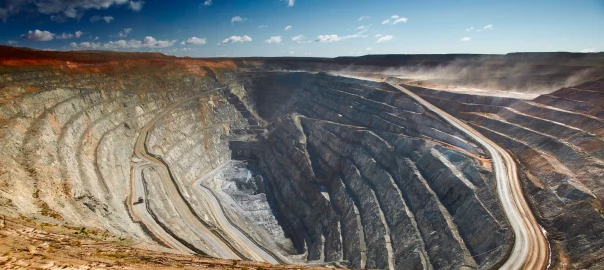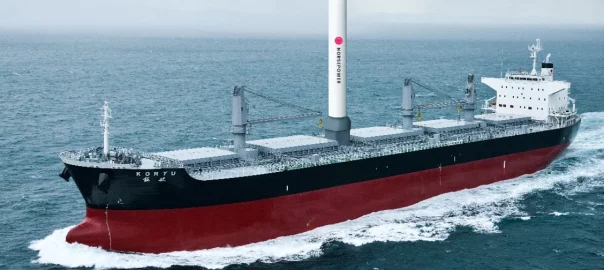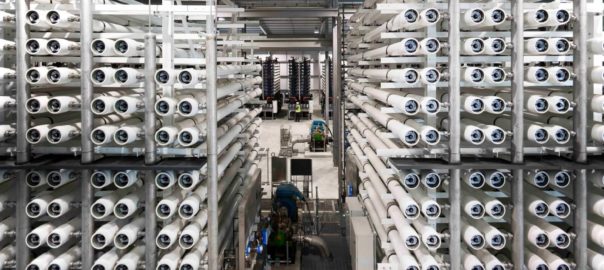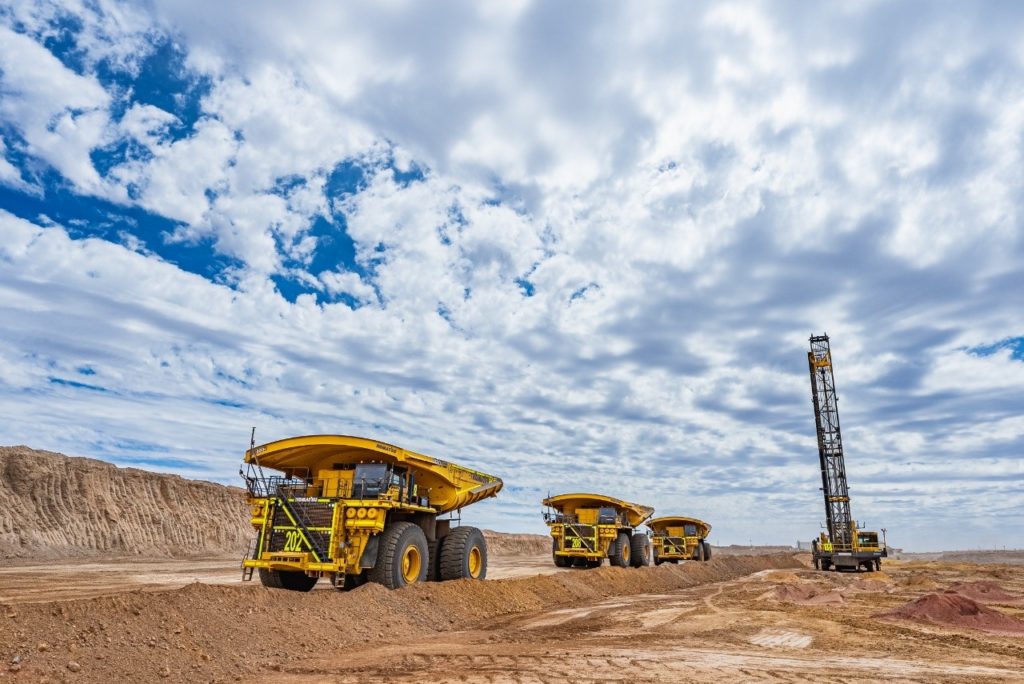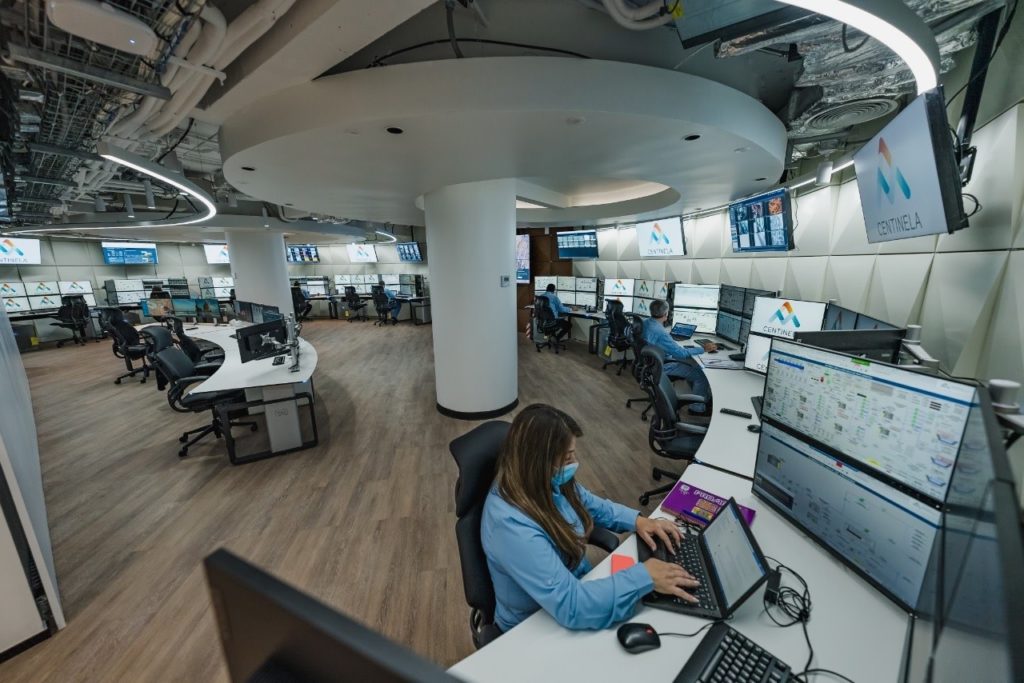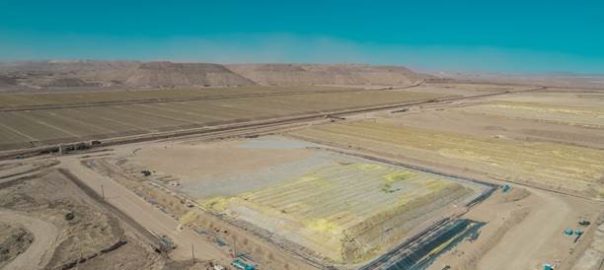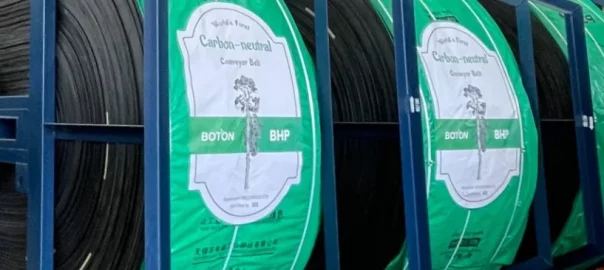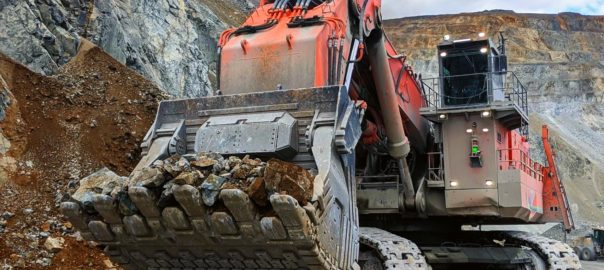MyPass Global says it has been awarded a contract by BHP to power its Global Contractor System and worker Skills Passport, with the software set to connect safety-critical data related to contractor on-boarding, mobilisation and management.
MyPass will be an enterprise-wide central record for BHP’s service contractor workforce, according to the company.
The Global Contractor System will provide BHP with new risk controls, reporting tools and improved data, including competency and conduct, according to MyPass.
BHP contractors will use a digital Skills Passport to manage compliance information. This way, contractors will be assigned a unique identification number that will follow them across all future BHP engagements, it added.
This month Nickel West (one of its open-pit mines, pictured) became the first BHP asset to adopt MyPass, due to be followed by Spence mine in Chile in January 2023. This will lead the way for a global rollout across the 2023 to 2025 financial years.
Matt Smith, Chief Executive Officer at MyPass Global, said: “This endorsement creates an even stronger incentive for other companies to join the ecosystem to simplify, standardise and share. The contract also demonstrates we can do more onshore in Australia, implementing our homegrown technology to benefit multiple industry sectors.
“We acknowledge this commitment to support Australia’s mining equipment, technology and services (METS) sector, and METS Ignited for their grant funding program that is supporting this roll-out as part of our ongoing commercialisation goals.”
MyPass Global is a digital workforce management system designed to streamline safety and compliance in highly regulated industries. Founded in 2013, MyPass says it addresses a universal problem – workforce compliance tracking – by connecting workers, employers, sites and training providers in one central, cloud-based portal. MyPass is creating a global worker credentialing platform designed to save time and reduce risk in the workplace.







